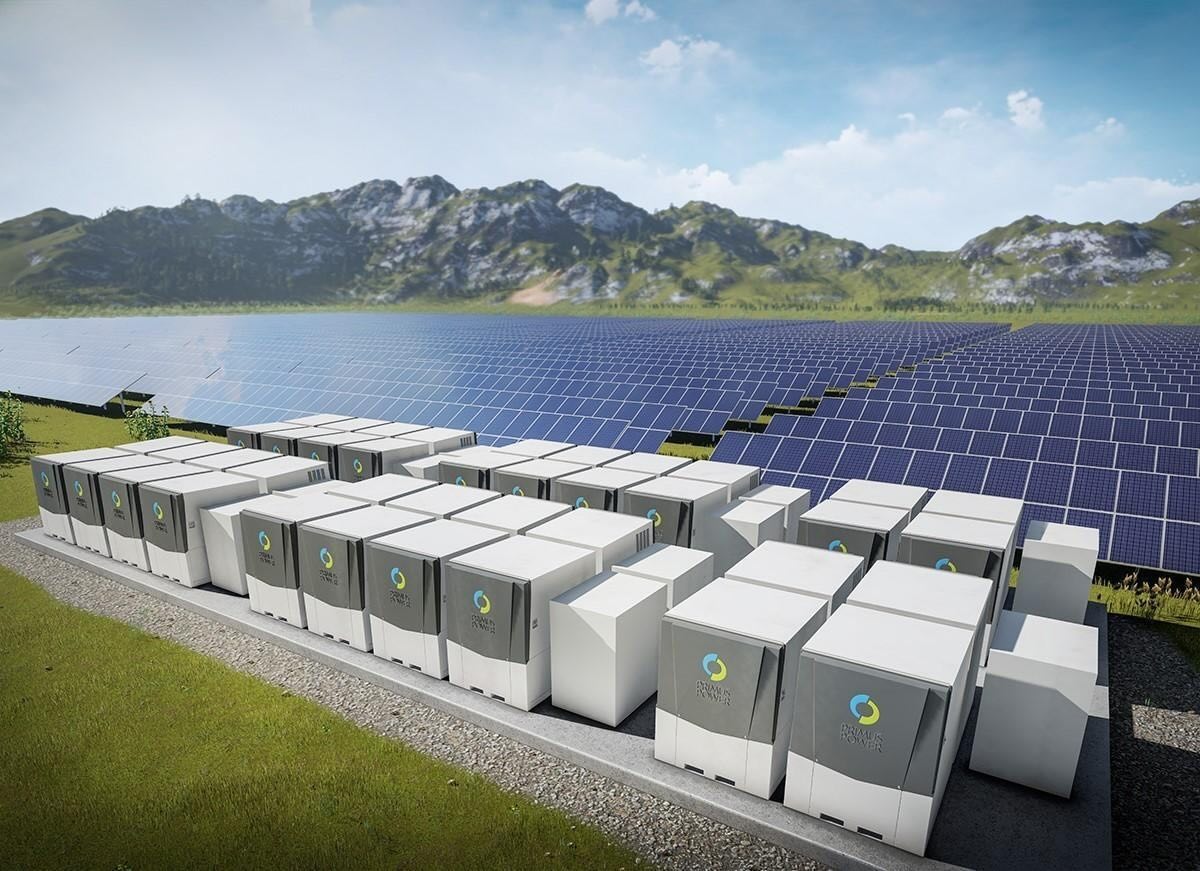

Articles
How To Store Solar Energy In Battery
Modified: December 7, 2023
Learn how to store solar energy in batteries with our informative articles. Discover the benefits and techniques for efficient energy storage.
(Many of the links in this article redirect to a specific reviewed product. Your purchase of these products through affiliate links helps to generate commission for Storables.com, at no extra cost. Learn more)
Introduction
As the world shifts towards renewable energy sources, solar power has emerged as a popular and sustainable option. Solar energy offers numerous benefits, including reduced greenhouse gas emissions, lower energy costs, and increased energy independence. However, harnessing solar power is not limited to just generating electricity; it also involves efficient storage of that energy for use when the sun is not shining. This is where the importance of storing solar energy in batteries comes into play.
Storing solar energy in batteries allows homeowners and businesses to maximize the utilization of solar power throughout the day and night. It enables them to have a reliable and uninterrupted supply of electricity even when the sun is not directly available. Whether it’s during nighttime hours, cloudy days, or even during power outages, having an efficient solar battery storage system ensures a continuous energy supply.
Furthermore, with advancements in technology and decreased costs, the popularity of solar batteries has significantly increased. In combination with solar panels, a battery storage system can help individuals become less reliant on the traditional electrical grid, leading to increased energy independence and potentially lower utility bills.
In this article, we will explore the different types of solar batteries available, key factors to consider when choosing a solar battery, the steps involved in storing solar energy, and essential maintenance and safety tips for solar battery storage. By understanding these aspects, you can make informed decisions about solar battery systems and optimize your use of solar energy.
Key Takeaways:
- Efficient solar battery storage systems enable energy independence, sustainability, and cost savings. They provide reliable power during outages and contribute to a stable electrical grid, maximizing the benefits of solar energy.
- Choosing the right solar battery involves considering capacity, lifespan, efficiency, scalability, compatibility, maintenance, and cost. Proper maintenance and safety measures are essential for optimal performance and longevity of solar battery storage systems.
Read more: How To Store Solar Energy In Batteries
Importance of Storing Solar Energy
Storing solar energy is vital for several reasons. First and foremost, it allows for greater energy independence. By storing excess solar energy, individuals and businesses can reduce their reliance on the electrical grid and have a reliable source of power even during outages or times when the sun isn’t shining.
Additionally, solar energy storage promotes sustainability. Instead of relying solely on fossil fuels or non-renewable energy sources, storing solar energy enables a more sustainable and environmentally friendly energy solution. It reduces dependence on finite resources and helps decrease greenhouse gas emissions, contributing to a cleaner and greener planet.
Another significant advantage of solar energy storage is the ability to optimize energy usage. By storing excess energy during peak production periods, such as sunny afternoons, homeowners and businesses can avoid purchasing electricity from the grid during high-demand or expensive periods. This results in cost savings and more efficient use of energy resources.
Furthermore, solar energy storage systems can provide backup power during emergencies or power outages. In regions prone to severe weather events or unreliable electrical grids, having a backup energy supply becomes crucial. Solar batteries can store energy when it is available and provide power when needed, ensuring continuity and peace of mind.
Not only does the storing of solar energy benefit the users, but it also benefits the overall electrical grid. When excess solar power is stored and used during peak demand periods, the strain on the grid is reduced. This contributes to a more stable and efficient electrical system, reducing the chances of blackouts or brownouts.
Overall, storing solar energy plays a vital role in maximizing the benefits of solar power. It provides energy independence, promotes sustainability, optimizes energy usage, ensures backup power during emergencies, and contributes to a more stable and efficient electrical grid. As solar technology continues to advance, the importance of effective and efficient solar energy storage systems will only increase.
Types of Solar Batteries
When it comes to storing solar energy, several types of batteries are commonly used in residential and commercial installations. Each type has its own unique characteristics and advantages. Let’s take a closer look at some of the most popular types of solar batteries:
- Lead-Acid Batteries: Lead-acid batteries are one of the oldest and most widely used types of batteries for solar energy storage. They are relatively inexpensive and readily available. These batteries consist of lead plates immersed in an electrolyte solution. While they have a lower upfront cost compared to other options, lead-acid batteries have a shorter lifespan and require regular maintenance.
- Lithium-Ion Batteries: Lithium-ion batteries have gained significant popularity in recent years. They are known for their high energy density, longer lifespan, and higher efficiency compared to lead-acid batteries. Lithium-ion batteries are lightweight, compact, and require minimal maintenance. They have a higher upfront cost but provide better performance and reliability.
- Saltwater Batteries: Saltwater batteries, also known as sodium-ion batteries, are a newer and eco-friendly option for solar energy storage. These batteries use a saltwater electrolyte solution instead of toxic chemicals found in other battery types, making them safer and more sustainable. Saltwater batteries are non-flammable, have a long lifespan, and can be easily recycled.
- Flow Batteries: Flow batteries operate by storing energy in liquid electrolyte tanks. They separate the power and energy capabilities, allowing for flexible energy storage capacity. Flow batteries have a long lifespan, deep cycling capabilities, and can be discharged completely without damaging the system. However, they are typically more expensive and require more maintenance than other battery types.
- Nickel-Cadmium Batteries: Nickel-cadmium (Ni-Cd) batteries have been used for solar energy storage in the past but have become less common due to environmental concerns associated with cadmium. However, they still offer a long cycle life, high-performance capabilities, and resistance to extreme temperatures.
It is essential to consider factors such as cost, lifespan, efficiency, maintenance requirements, and environmental impact when choosing a solar battery. Consulting with a reputable solar installer or expert can help in determining the most suitable battery type based on your specific needs and goals.
Factors to Consider when Choosing a Solar Battery
Choosing the right solar battery is crucial for maximizing the benefits of solar energy storage. There are several important factors to consider when selecting a solar battery system for your residential or commercial setup. Here are some key considerations:
- Capacity and Power: The capacity and power rating of a solar battery determine how much energy it can store and how much power it can deliver at a given time. Consider your energy needs and usage patterns to determine the appropriate capacity and power requirements for your battery system.
- Lifespan: The lifespan of a solar battery is an important consideration as it affects the overall cost-effectiveness of the system. Look for batteries with longer lifespans to ensure that you get the most out of your investment. Lithium-ion batteries, for example, typically have longer lifespans compared to lead-acid batteries.
- Efficiency: Efficiency refers to how effectively a battery can convert and deliver stored energy. High-efficiency batteries can provide more usable energy and reduce energy losses. Look for batteries with high round-trip efficiency ratings to ensure optimal performance.
- Scalability: Consider whether the solar battery system can be easily expanded or scaled up in the future. This is important if you plan on increasing your solar energy production or if your electricity needs change over time.
- Compatibility: Ensure that the solar battery system you choose is compatible with your existing solar panel setup as well as the inverter. Different batteries may require specific inverters or have compatibility limitations, so be sure to check compatibility before making a purchase.
- Maintenance Requirements: Some batteries require regular maintenance, such as watering lead-acid batteries or balancing the cells in lithium-ion batteries. Consider the maintenance requirements and whether you can commit to the upkeep of the battery system.
- Warranty and Support: Look for batteries that come with comprehensive warranties, as they provide peace of mind and indicate the manufacturer’s confidence in their product. Additionally, consider the availability of customer support and the reputation of the battery manufacturer.
- Cost and Return on Investment: While cost should not be the sole determining factor, it is essential to consider the upfront cost of the battery system and evaluate the potential return on investment. Consider the long-term savings on utility bills and any applicable financial incentives or tax credits.
It is advisable to consult with a solar energy professional or a reputable solar installer who can assess your specific energy needs, evaluate your site conditions, and recommend the most suitable solar battery system based on your requirements and goals.
When storing solar energy in a battery, make sure to use a charge controller to prevent overcharging. This will help extend the lifespan of the battery and ensure efficient energy storage.
Steps to Store Solar Energy in a Battery
Storing solar energy in a battery requires a systematic approach to ensure efficient and effective energy storage. Here are the steps involved in the process:
- Install Solar Panels: The first step is to install solar panels on your property’s rooftop or an open area where they can receive maximum sunlight exposure. Solar panels capture sunlight and convert it into direct current (DC) electricity.
- Connect to an Inverter: The DC electricity produced by the solar panels is then connected to an inverter. The inverter converts the DC electricity into alternating current (AC) electricity, which can be used to power electrical devices in your home or business.
- Install a Solar Battery System: To store excess energy, a solar battery system needs to be installed. The battery system is typically connected to the inverter and captures and stores the excess electricity generated by the solar panels.
- Charge the Battery: Once the battery system is installed, it needs to be charged. This is done by directing any surplus electricity generated by the solar panels to the battery for storage. The battery charges and stores the energy for later use.
- Monitor Energy Flow: It is important to monitor the energy flow between the solar panels, the inverter, and the battery system. This helps ensure that the battery is charged efficiently and that excess energy is being stored properly.
- Utilize Stored Energy: When there is a demand for electricity in your home or business, the stored energy in the battery can be utilized. The inverter converts the stored energy back into AC electricity, which can be used to power your electrical appliances and devices.
- Manage and Optimize Energy Usage: It is essential to manage and optimize the usage of stored energy. This can be done by monitoring energy consumption, adjusting energy usage during peak demand periods, and implementing energy-saving practices.
By following these steps, you can effectively store solar energy in a battery and optimize your usage of solar power. It is important to consult with a solar energy professional or a reputable solar installer who can guide you through the installation process and ensure that your solar energy storage system is set up correctly.
Read more: How To Build A Solar Water Heater
Maintenance and Safety Tips for Solar Battery Storage
Maintaining and ensuring the safety of your solar battery storage system is essential for its optimal performance and longevity. Here are some maintenance and safety tips to keep in mind:
- Regular Inspections: Conduct regular inspections of your battery system to check for any signs of wear, damage, or leaks. Inspect the battery terminals, cables, and connections to ensure they are secure and free from corrosion. Any abnormalities should be addressed promptly.
- Cleaning: Keep your battery and its surroundings clean and free from debris, dust, or dirt. Wipe down the battery casing with a clean, damp cloth periodically. Avoid using harsh chemicals or abrasive materials that may damage the battery.
- Battery Depth of Discharge: Avoid discharging the battery beyond its recommended depth of discharge (DOD). This can vary depending on the battery type but generally should not exceed 80% DOD. Excessive discharge can shorten the battery’s lifespan.
- Battery Temperature: Ensure that the battery operates within the recommended temperature range. Extreme temperatures can affect battery performance and longevity. If necessary, consider providing insulation or ventilation to maintain the ideal temperature range.
- Monitoring: Regularly monitor the battery’s performance and energy storage levels. Many solar battery systems come with monitoring software that allows you to track energy usage, charging, and discharging patterns. This helps identify any issues or abnormalities early on.
- Battery Equalization: For lead-acid batteries, perform regular battery equalization to balance the cells’ charge and ensure uniform performance. Follow the manufacturer’s guidelines for the specific equalization process for your battery type.
- Battery Replacement: Keep track of the battery’s lifespan and plan for replacement when necessary. Depending on the battery type, it may need replacement after a certain number of years or cycles. Consult the manufacturer’s recommendations for the battery’s expected lifespan.
- Safety Measures: Follow best practices for electrical safety when working with your solar battery system. Always turn off the power supply before performing any maintenance or inspections. If you are not confident in handling electrical components, it is recommended to seek professional assistance.
- Emergency Preparedness: Have an emergency plan in place in the event of power outages or other emergencies. Ensure that you have the necessary equipment and knowledge to safely disconnect your solar battery system from the electrical grid and isolate it during emergencies.
Remember, if you have any concerns regarding the maintenance or safety of your solar battery storage system, it is advisable to consult with a qualified solar technician or installer. They can provide expert guidance and assistance in ensuring the optimal performance and safety of your solar battery system.
Conclusion
Storing solar energy in batteries is a crucial aspect of harnessing the full potential of solar power. By having an efficient solar battery storage system, individuals and businesses can maximize the use of solar energy, achieve energy independence, and reduce their carbon footprint.
Throughout this article, we have explored the importance of storing solar energy and its numerous benefits. We have also discussed the different types of solar batteries available, including lead-acid, lithium-ion, saltwater, flow, and nickel-cadmium batteries.
Moreover, we have highlighted the key factors to consider when choosing a solar battery, such as capacity, lifespan, efficiency, scalability, compatibility, maintenance requirements, warranty, and cost. By carefully evaluating these factors, individuals can make an informed decision that suits their specific energy needs and goals.
In addition, we have outlined the steps involved in storing solar energy in a battery – from installing solar panels and connecting to an inverter, to charging the battery and utilizing the stored energy efficiently. Proper monitoring and management of the energy flow are essential to ensure optimal performance.
Furthermore, we have provided maintenance and safety tips to ensure the longevity and safe operation of solar battery storage systems. Regular inspections, cleaning, monitoring, and following manufacturer guidelines are crucial for maintaining peak performance and addressing any issues promptly.
In conclusion, solar battery storage is a game-changer in the world of renewable energy. It offers energy independence, sustainability, backup power during emergencies, and reduces strain on the electrical grid. By embracing solar energy storage and following the proper guidelines, we can pave the way for a cleaner, more sustainable future.
Remember, it is always advisable to consult with a reputable solar installer or professional when considering the installation, maintenance, or modification of a solar battery system. They can provide expert guidance tailored to your specific needs, ensuring the best possible outcome for your solar energy storage journey.
Frequently Asked Questions about How To Store Solar Energy In Battery
Was this page helpful?
At Storables.com, we guarantee accurate and reliable information. Our content, validated by Expert Board Contributors, is crafted following stringent Editorial Policies. We're committed to providing you with well-researched, expert-backed insights for all your informational needs.
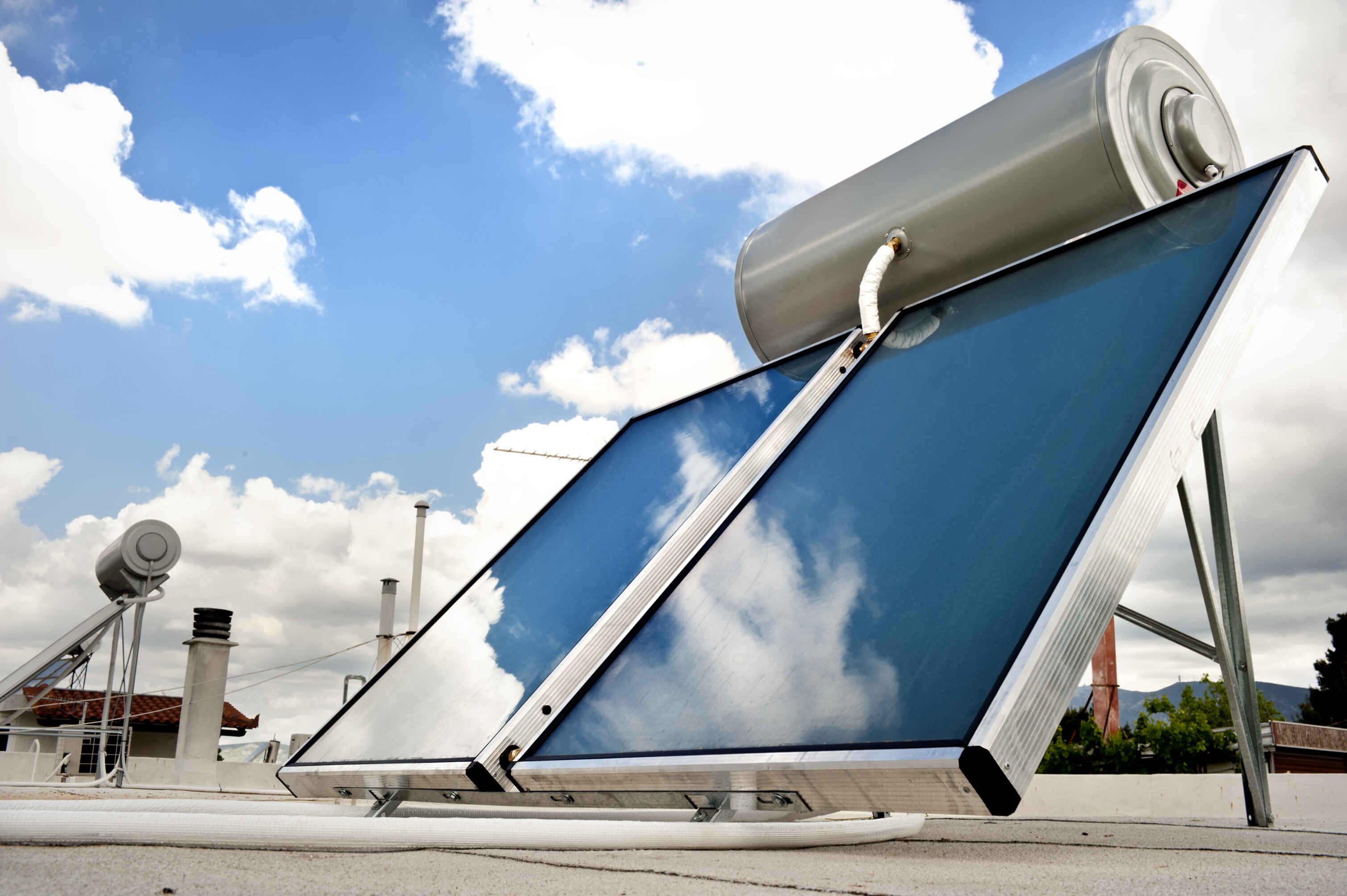
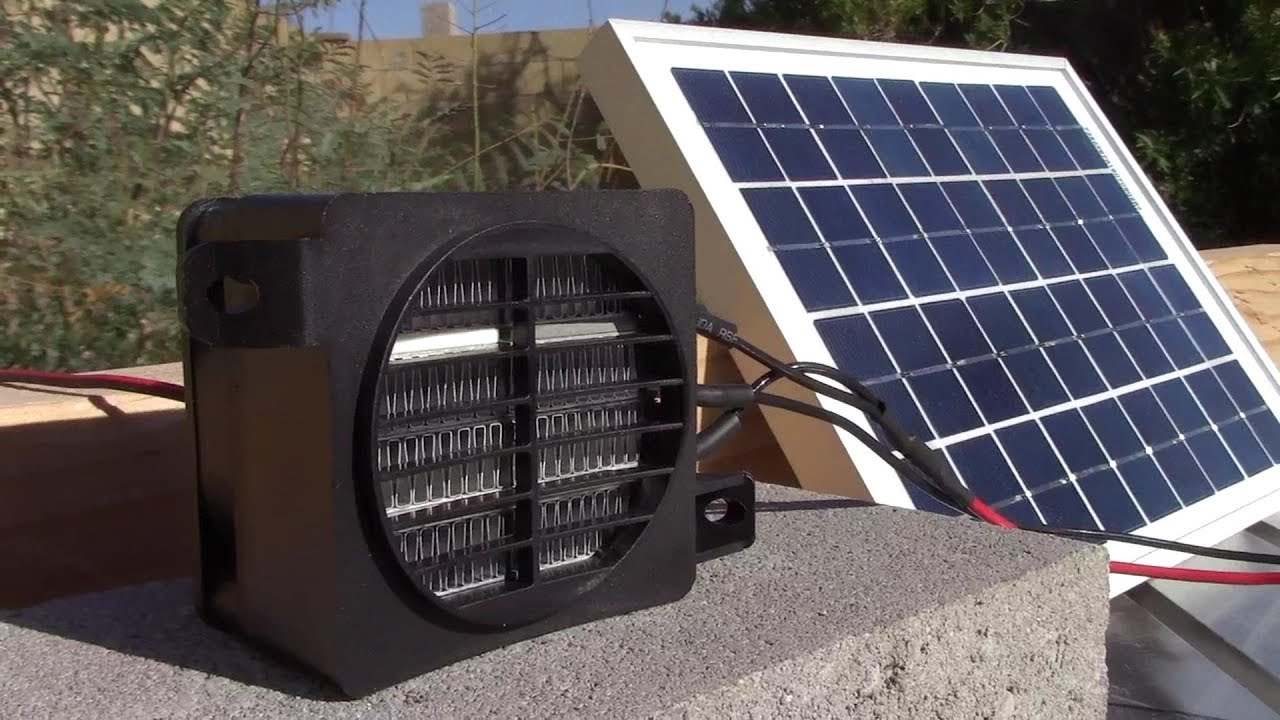
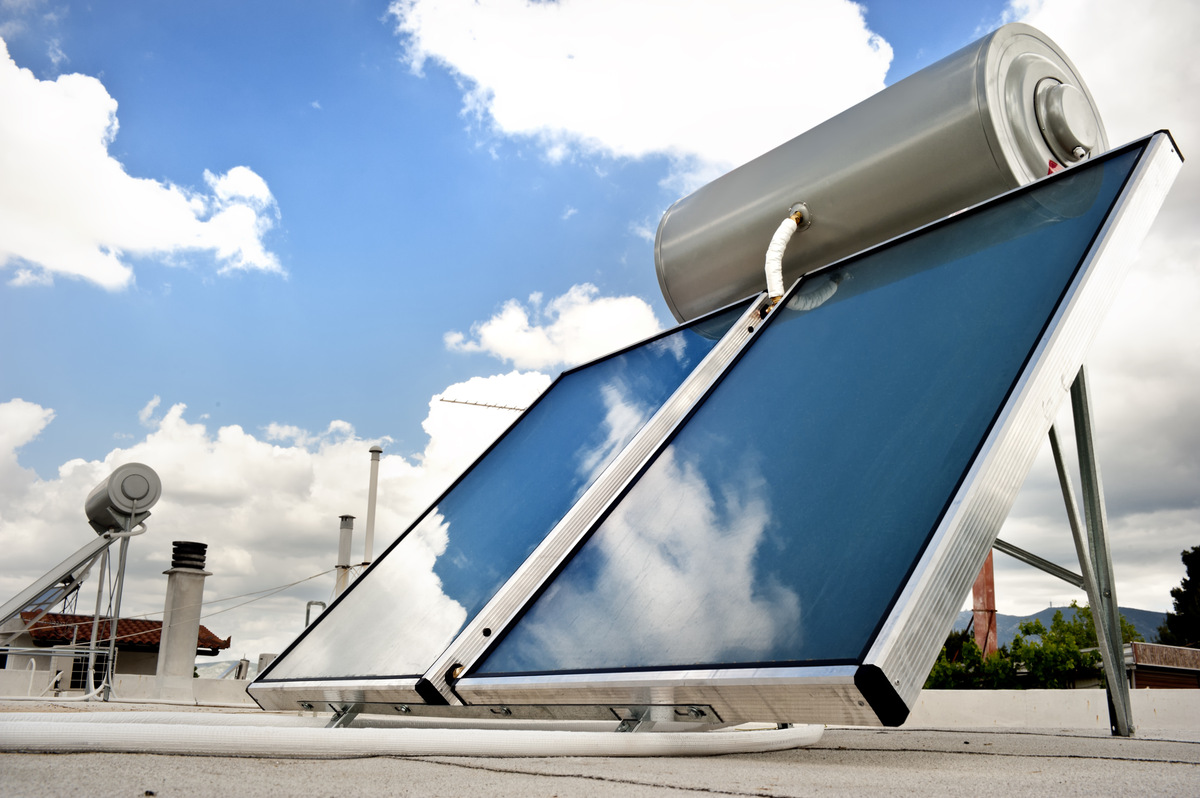
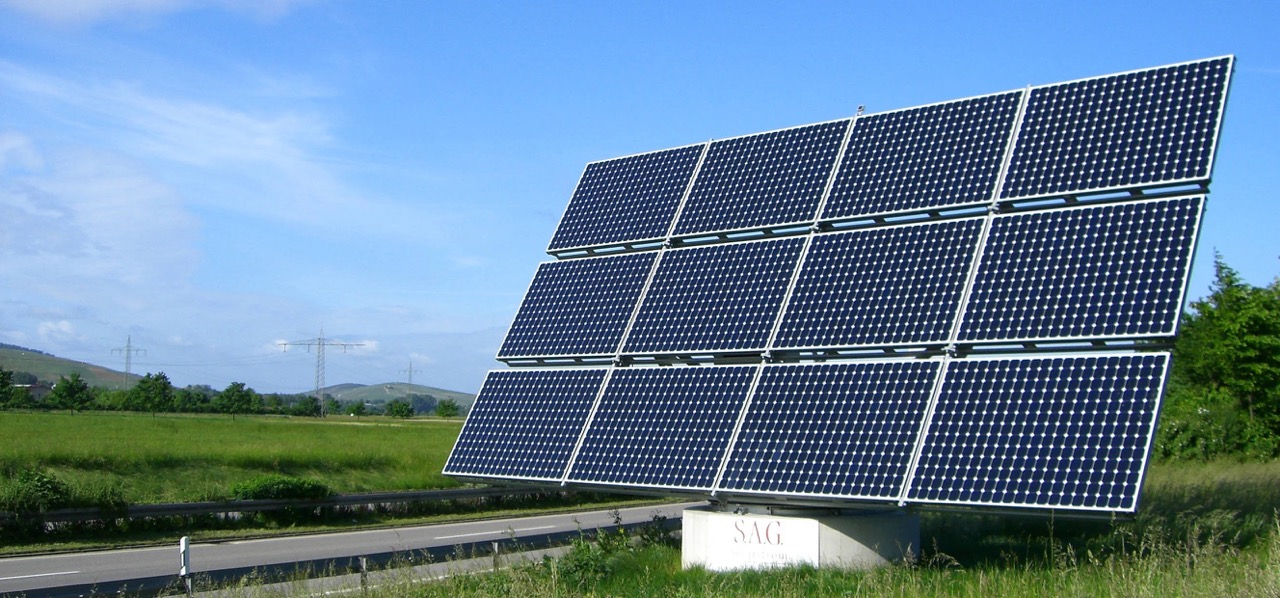
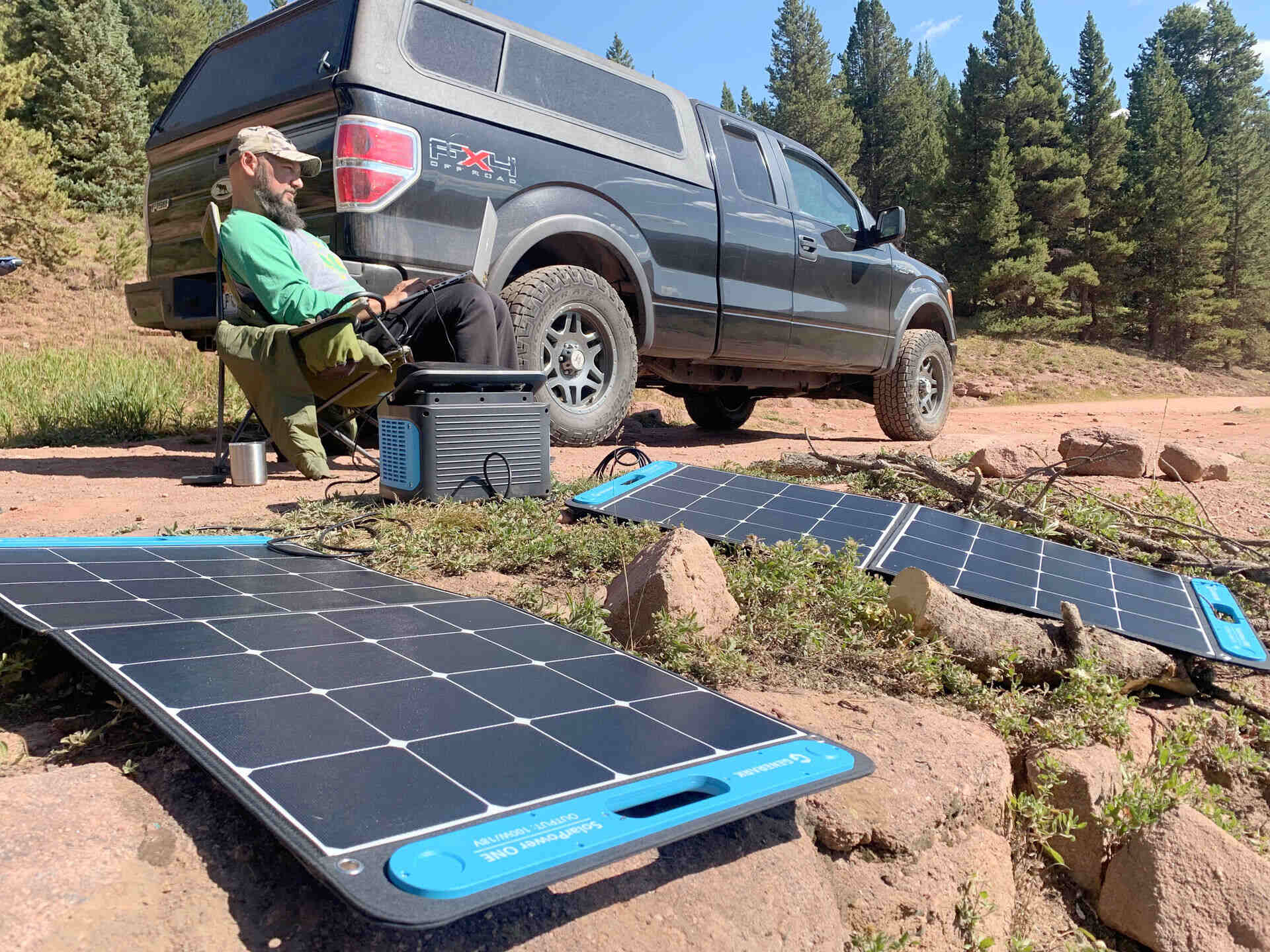
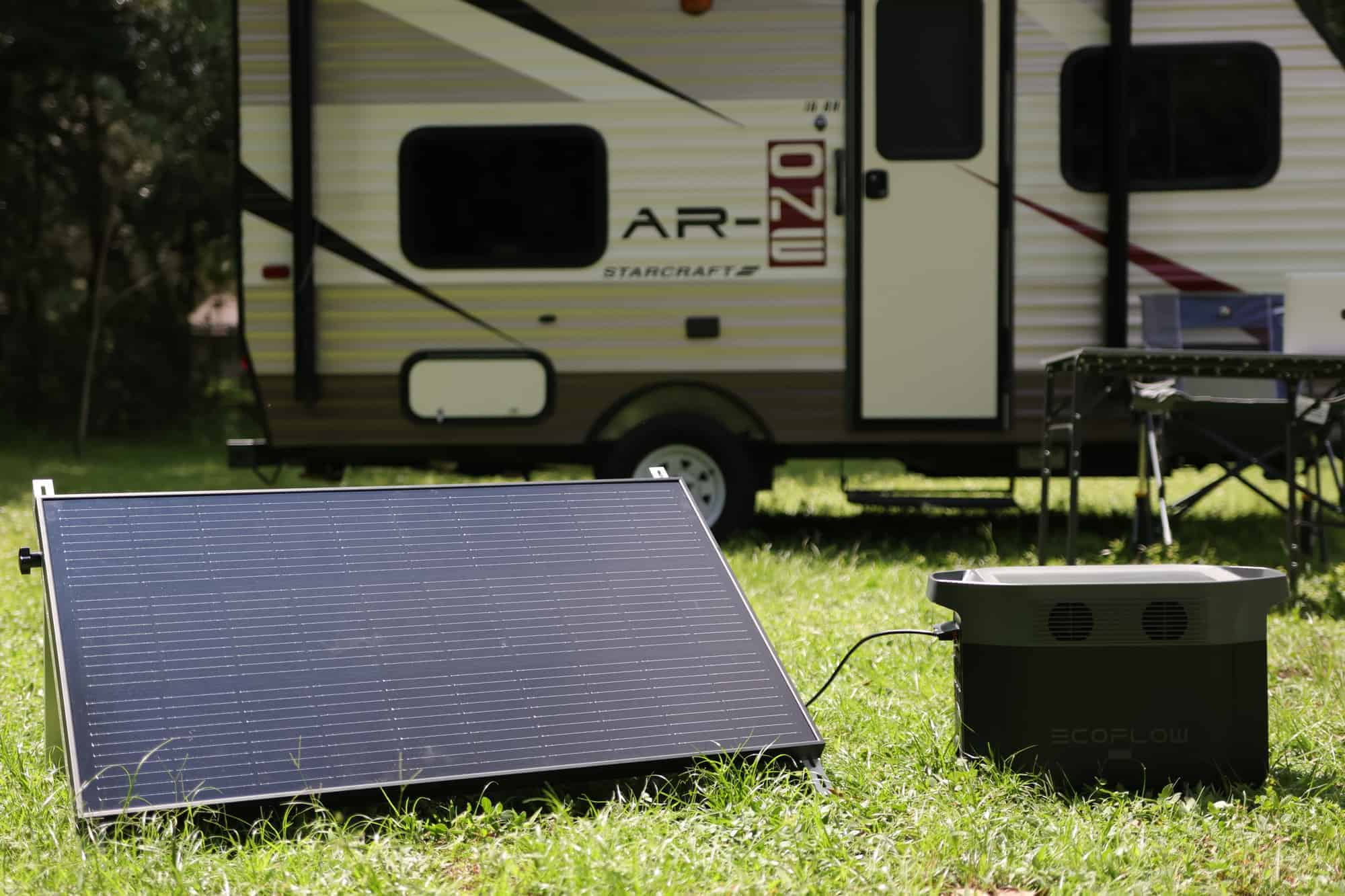
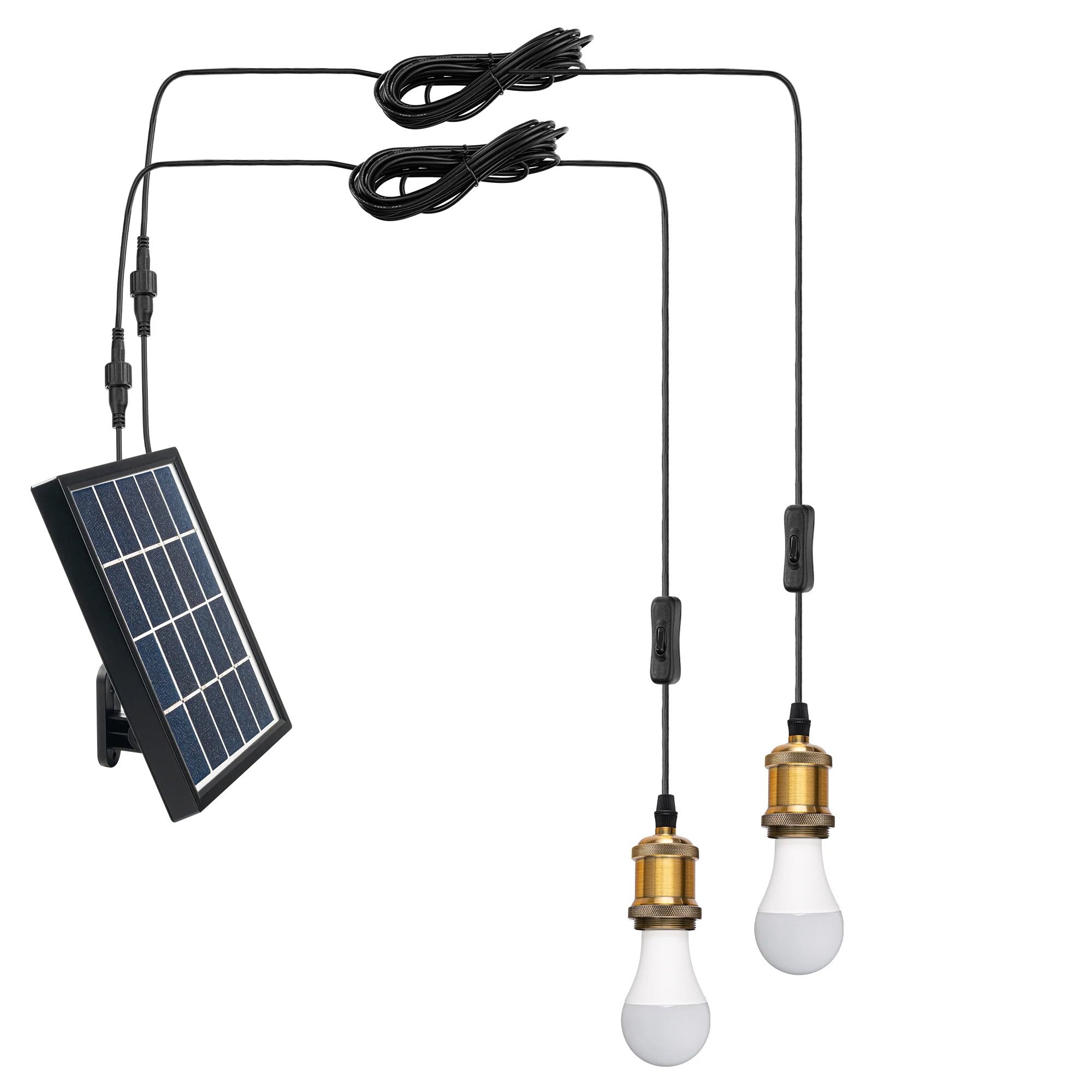
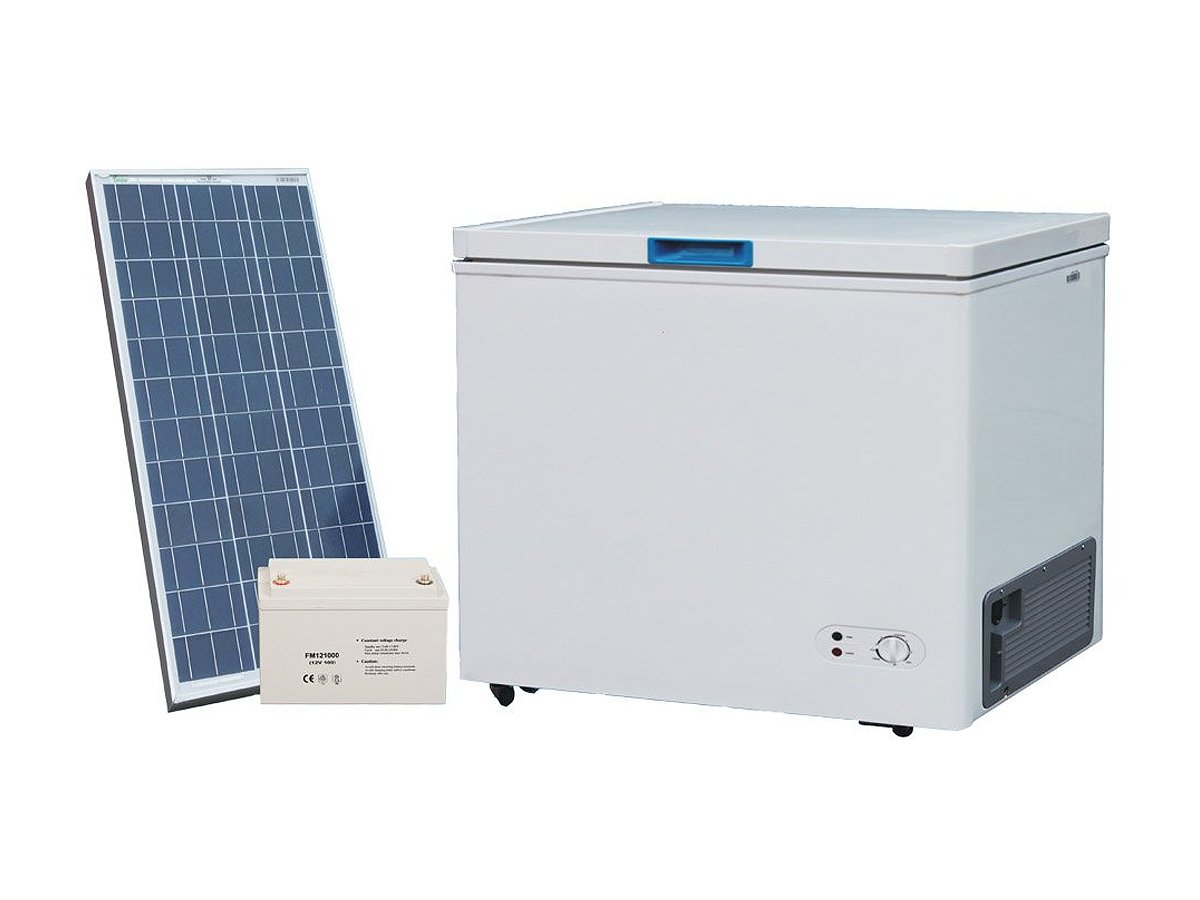
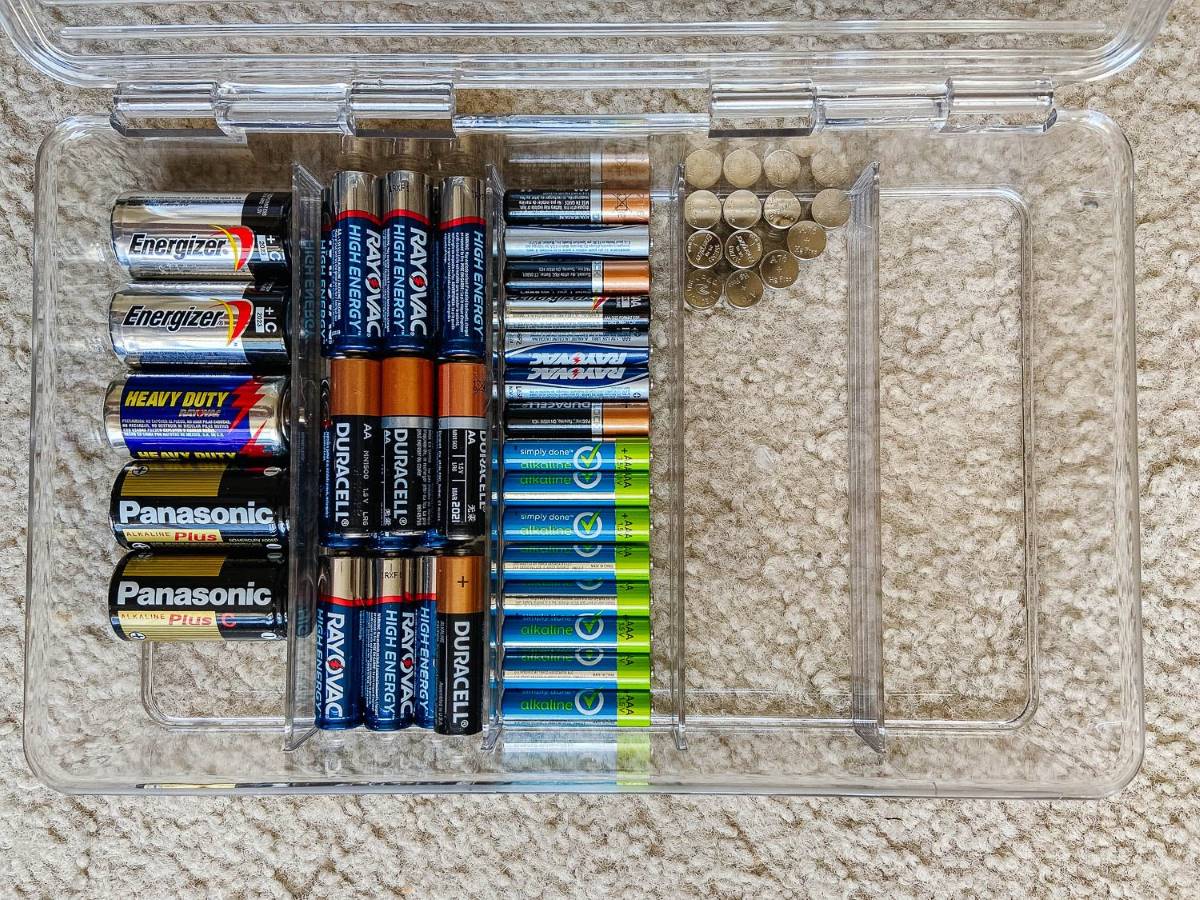
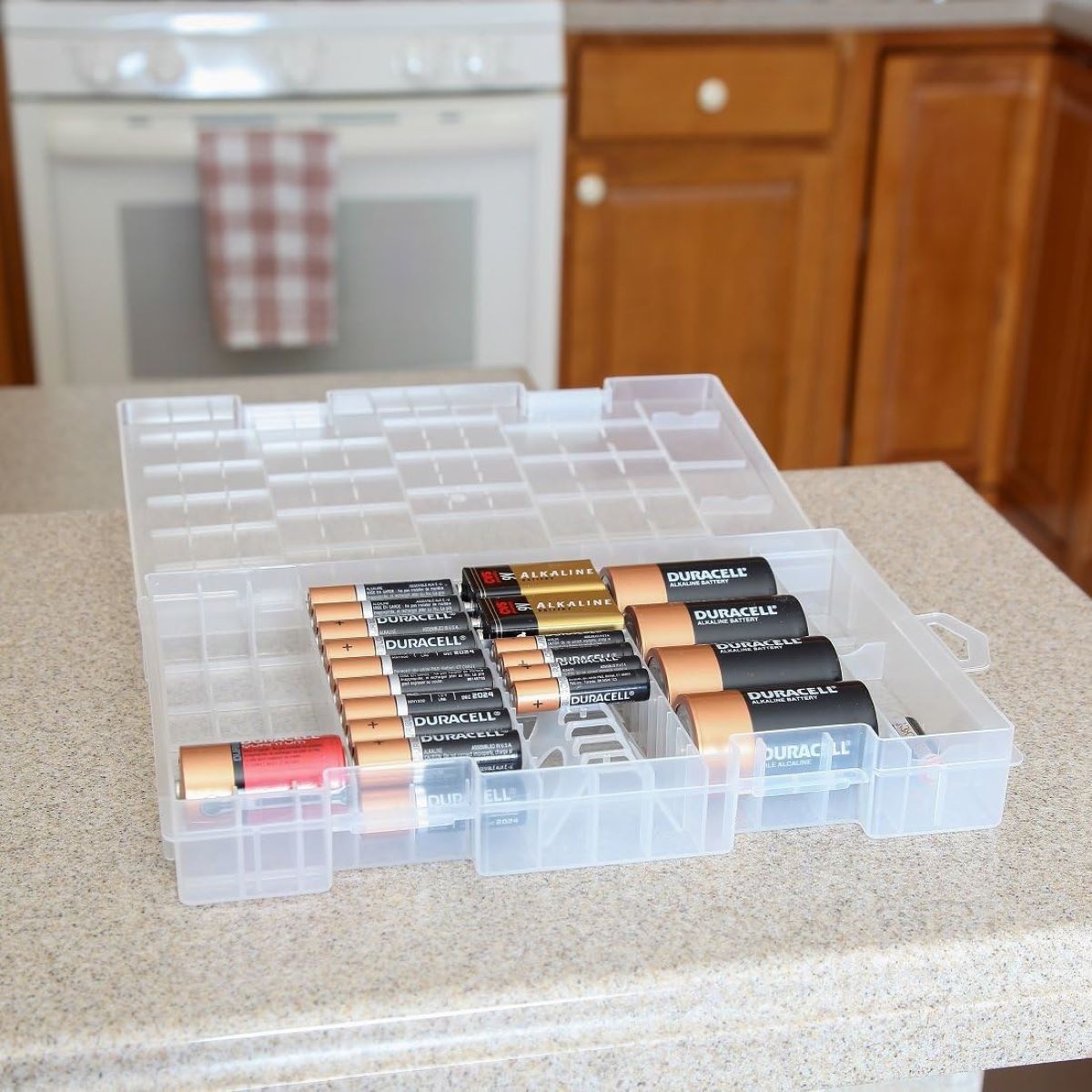
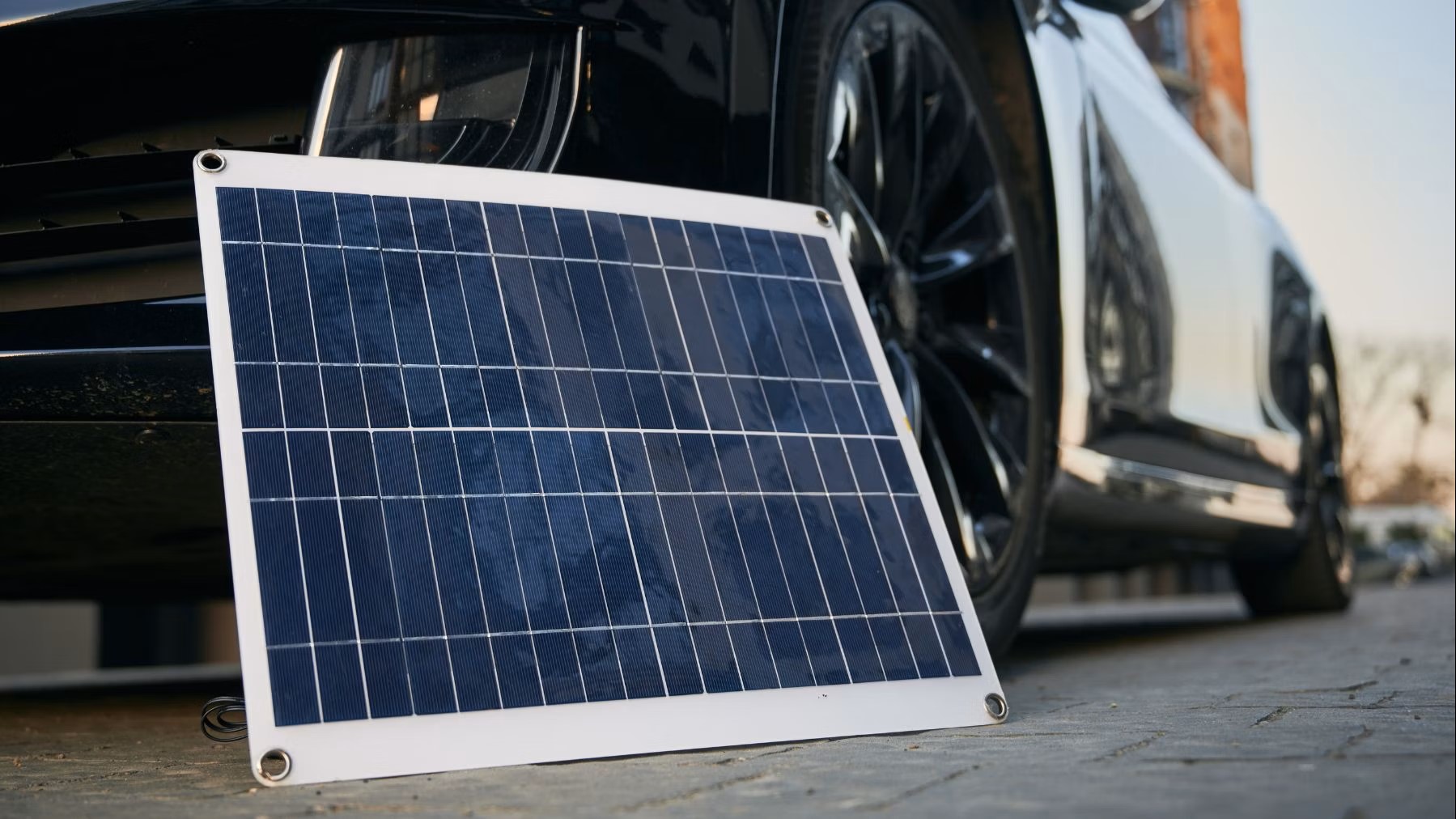
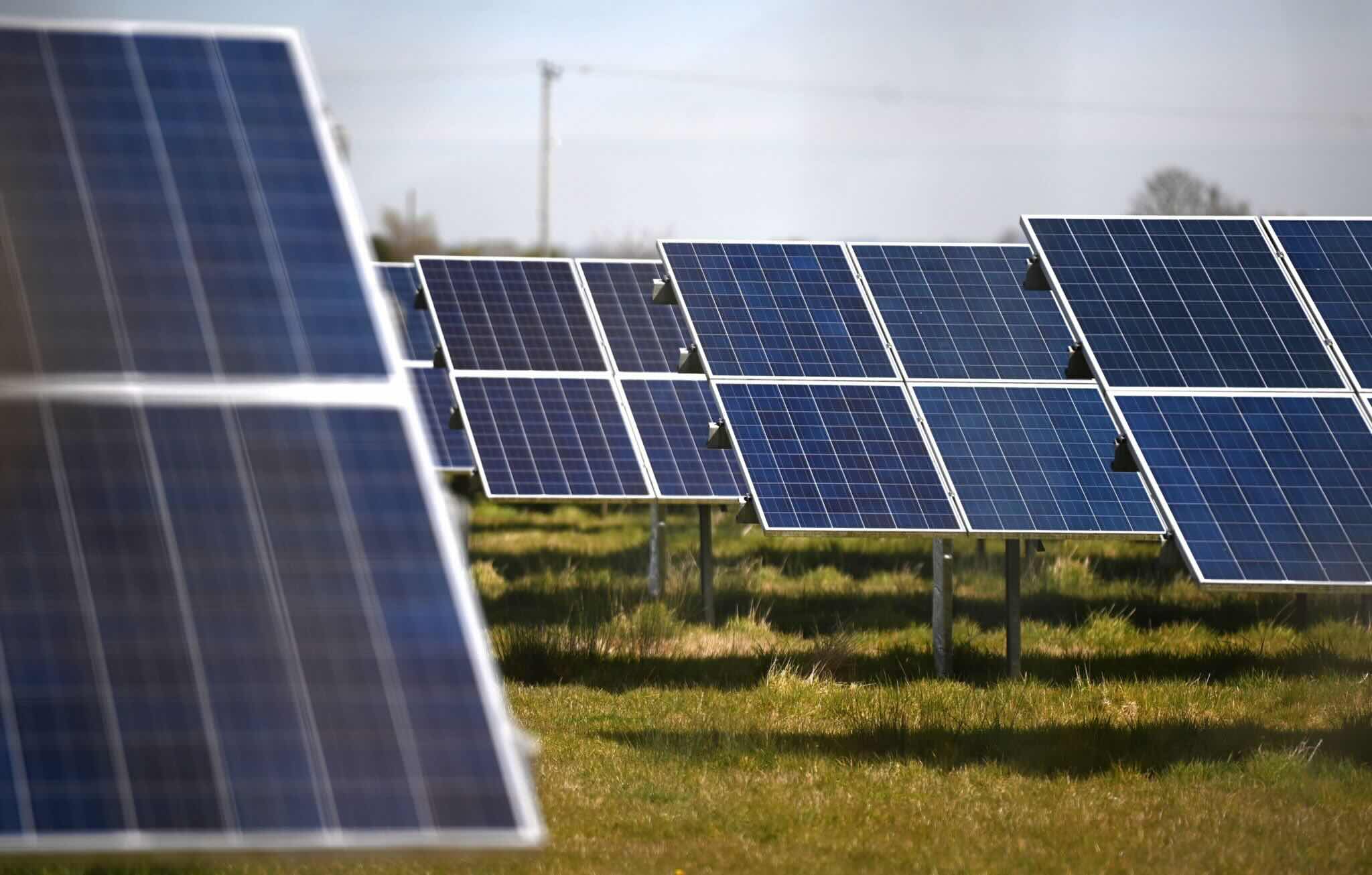

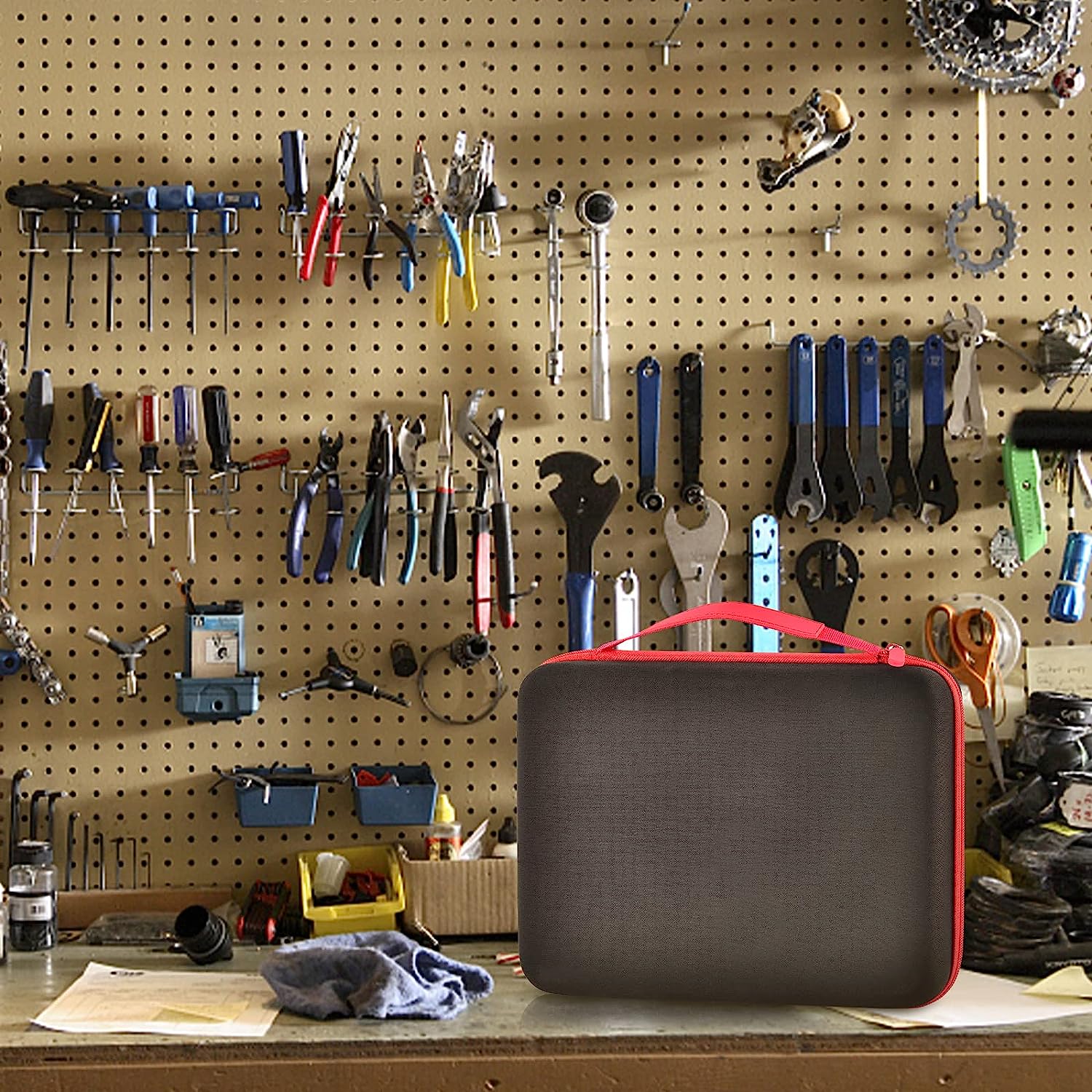

0 thoughts on “How To Store Solar Energy In Battery”